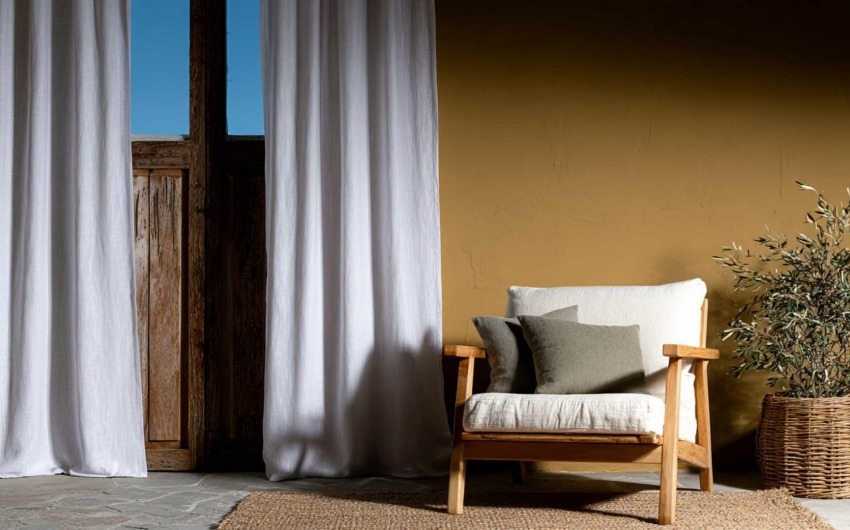2/25/2022
When you buy a house with all the rooms in a single environment or renovate an old apartment by eliminating any partition you find in our path, it is then useless to have to put up walls or plasterboard walls to go and re-delimit each area. In fact, there are other ways to separate rooms, even if only visually. Let's see them together:
Glass walls
Excellent idea whether installed on a fixed structure opening onto the other room or closed with a sliding door, the glass wall looks like a structure usually made of metal with transparent, smoked, satin or patterned glass
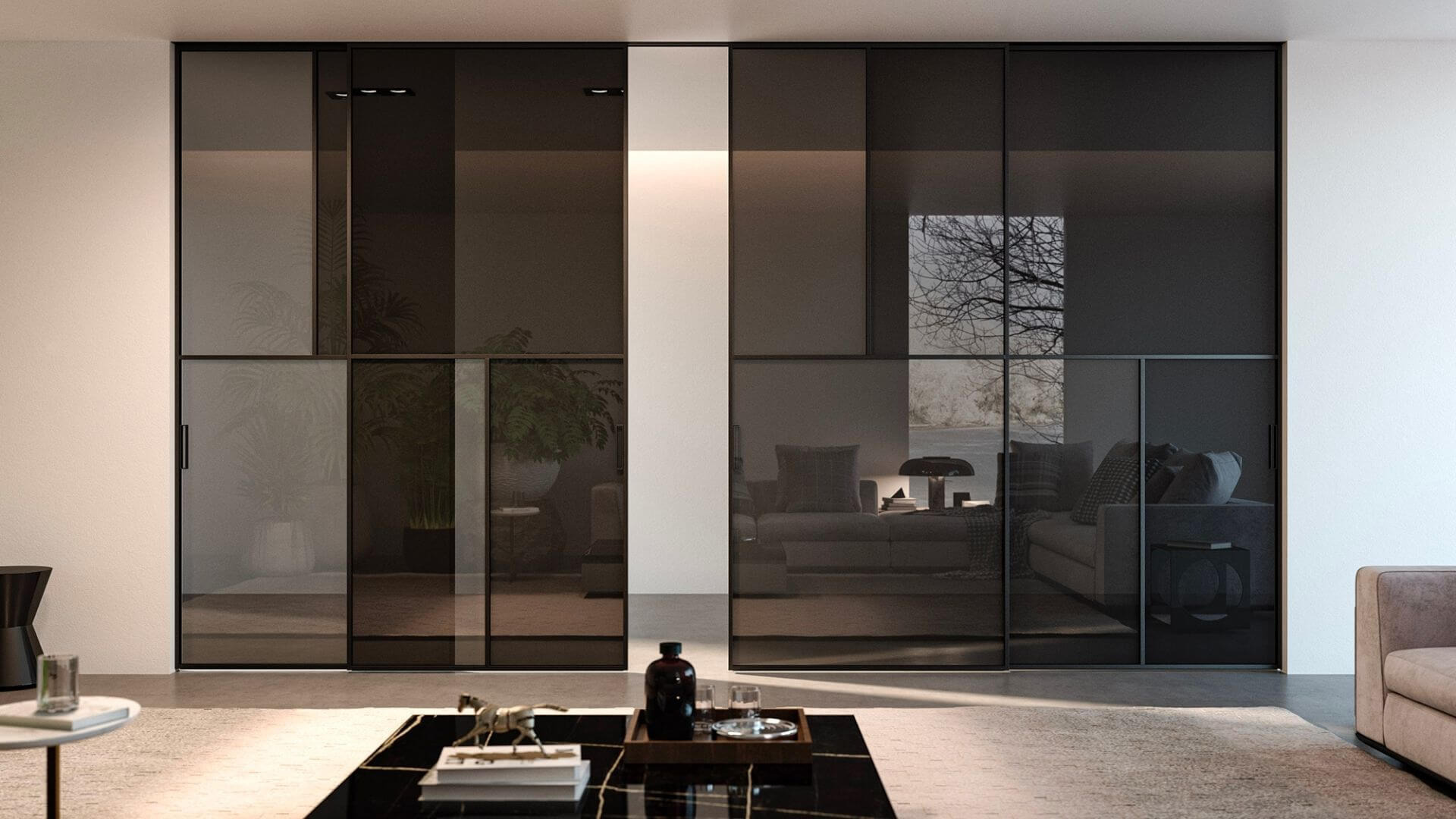
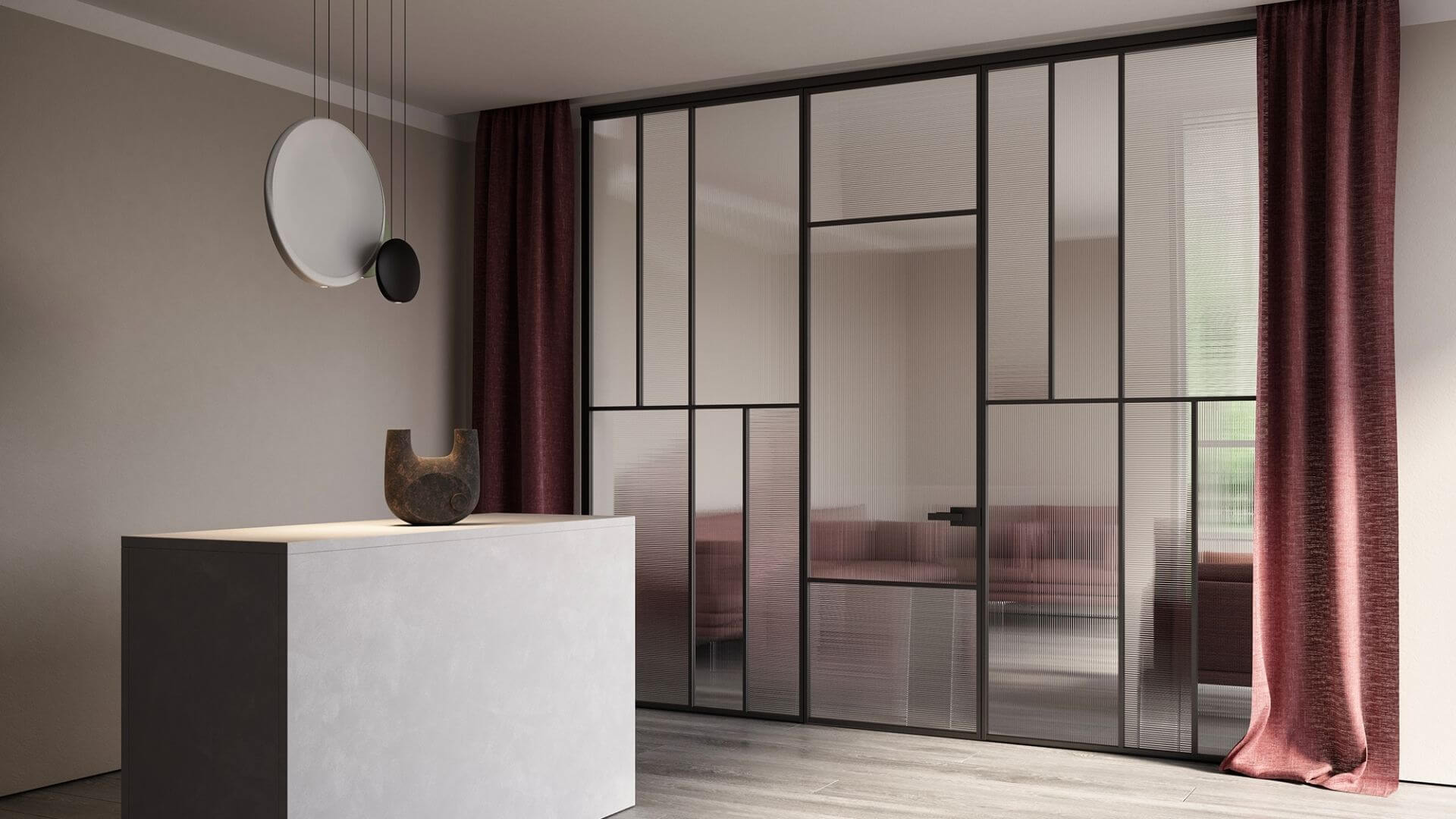
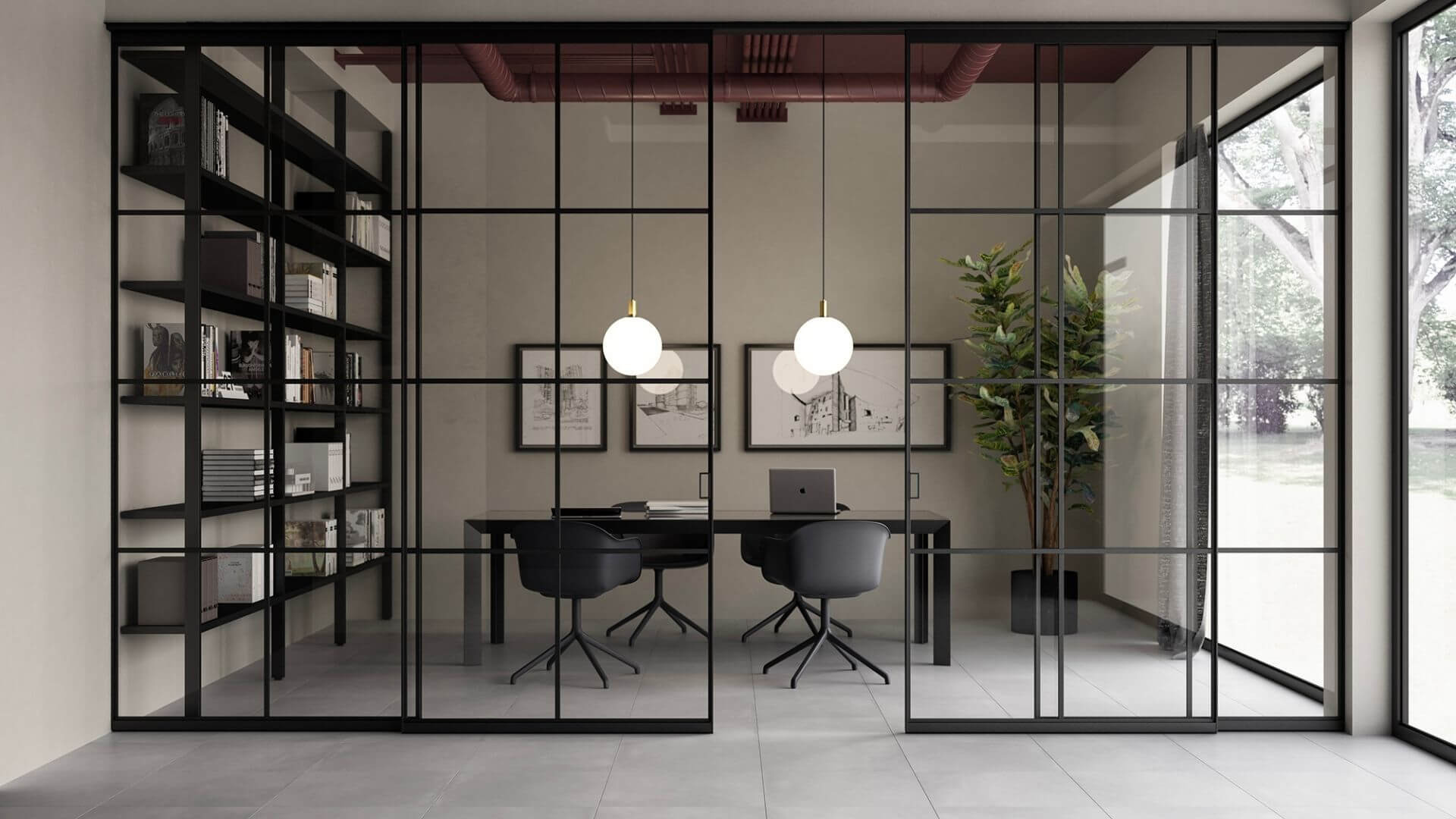
Bookshelf
The double-sided bookcase is perfect for delimiting one area from another, there are different sizes and styles but above all it allows you to divide the environment without weighing it down.
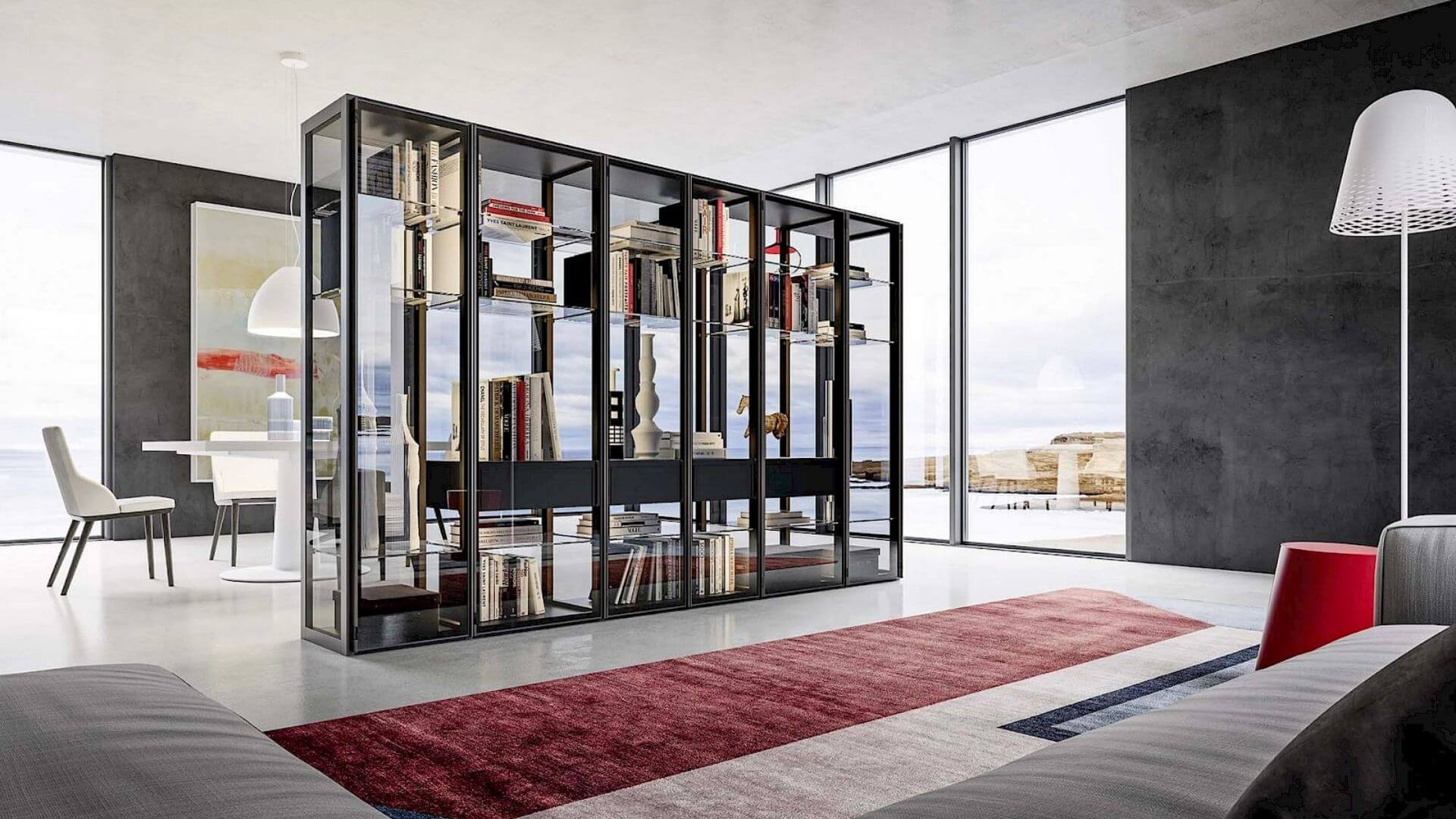
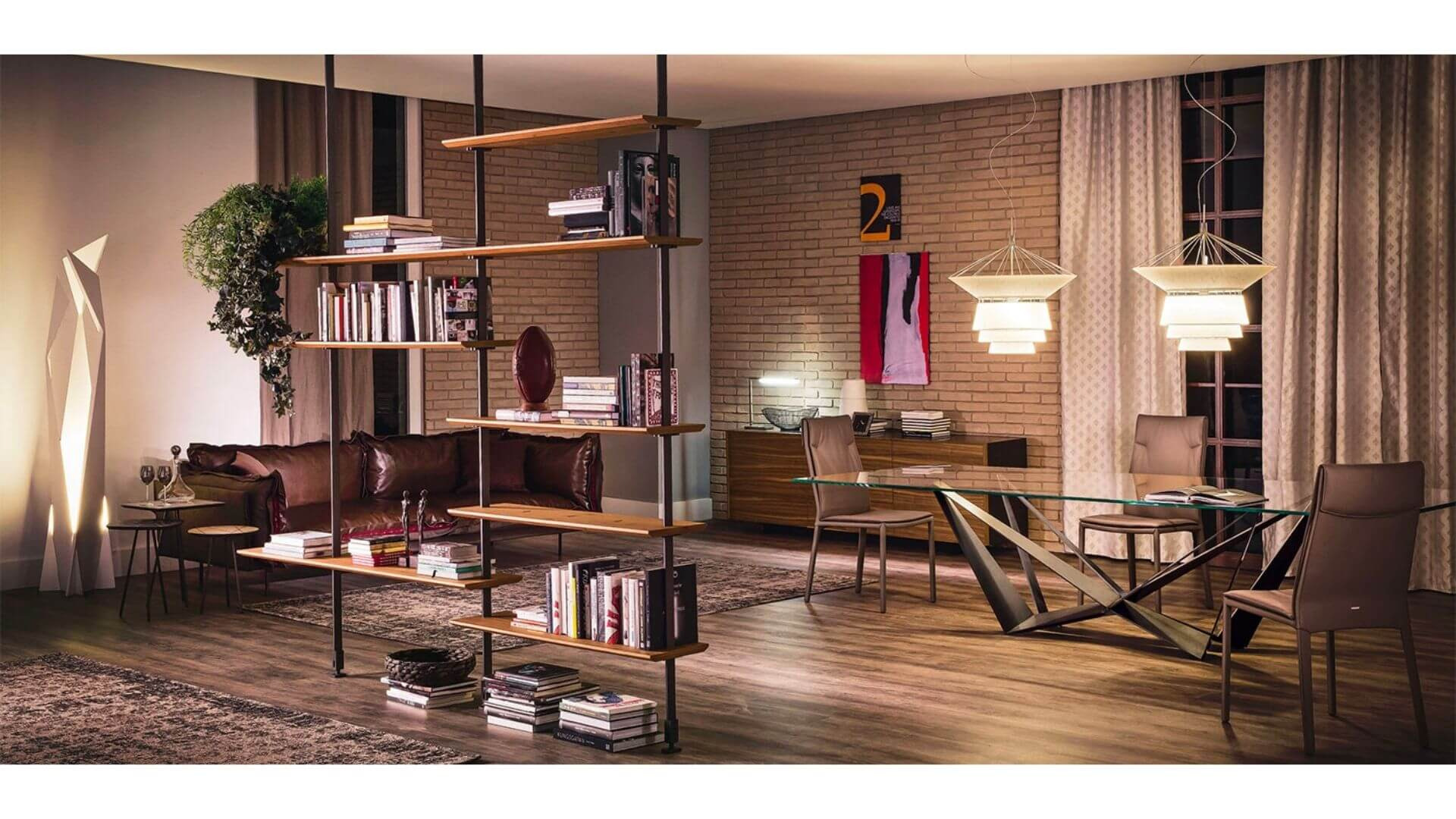
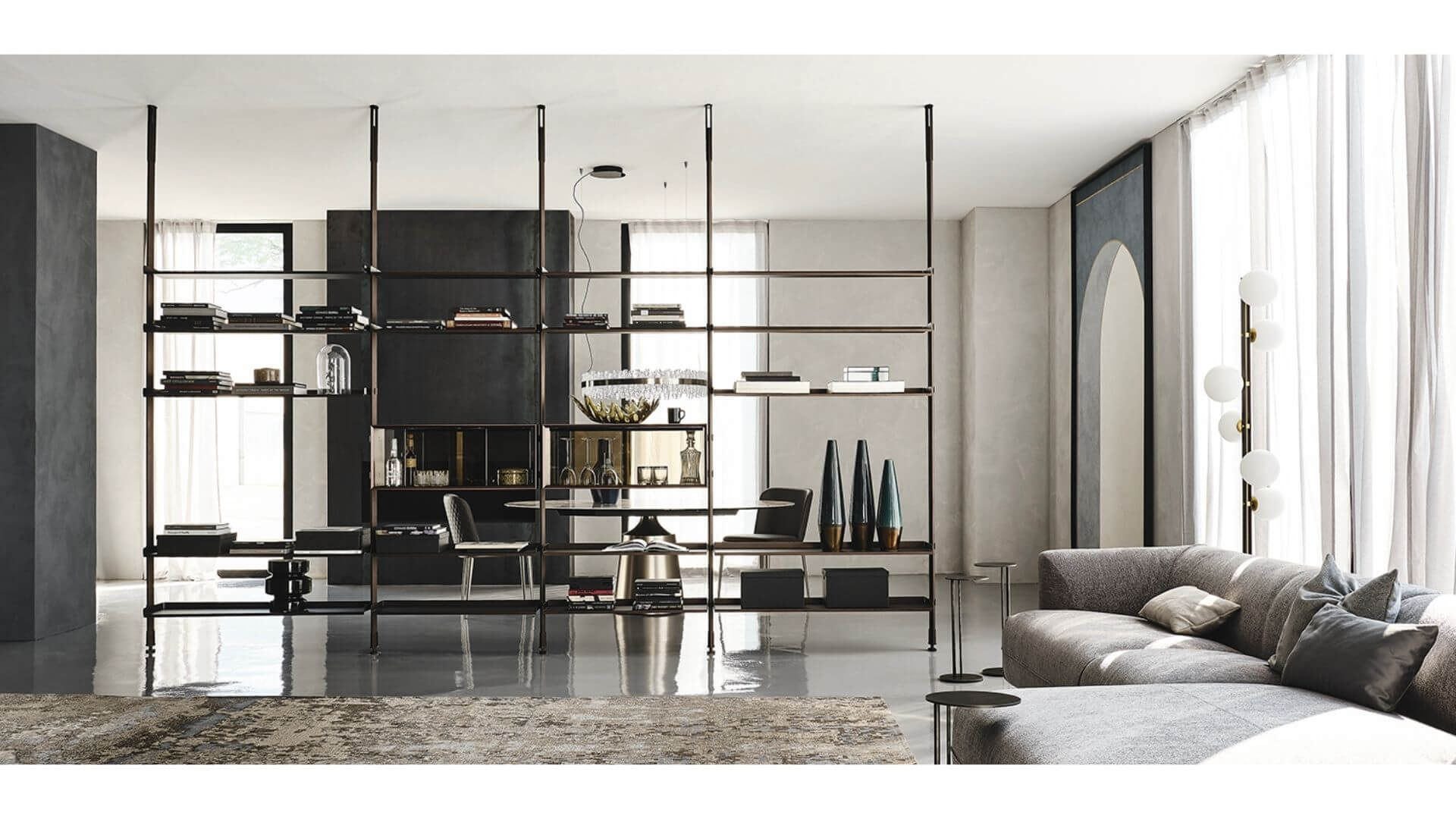
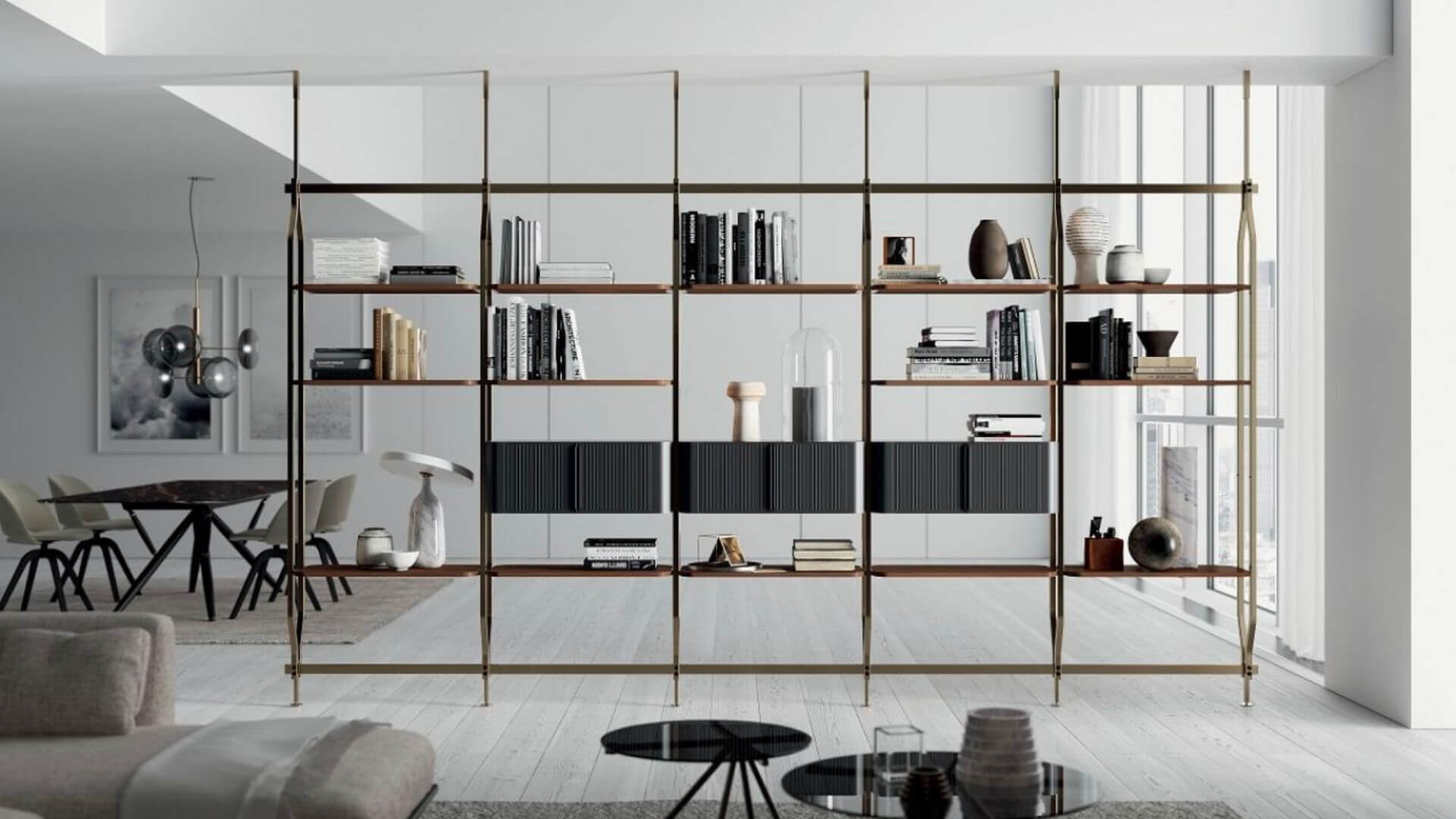
Floor
It does not physically divide the spaces but it is purely a visual matter. The floor that differs from one area to another, especially if accompanied by a false ceiling that follows the boundaries of the tiles, will give the idea of entering a completely different room.
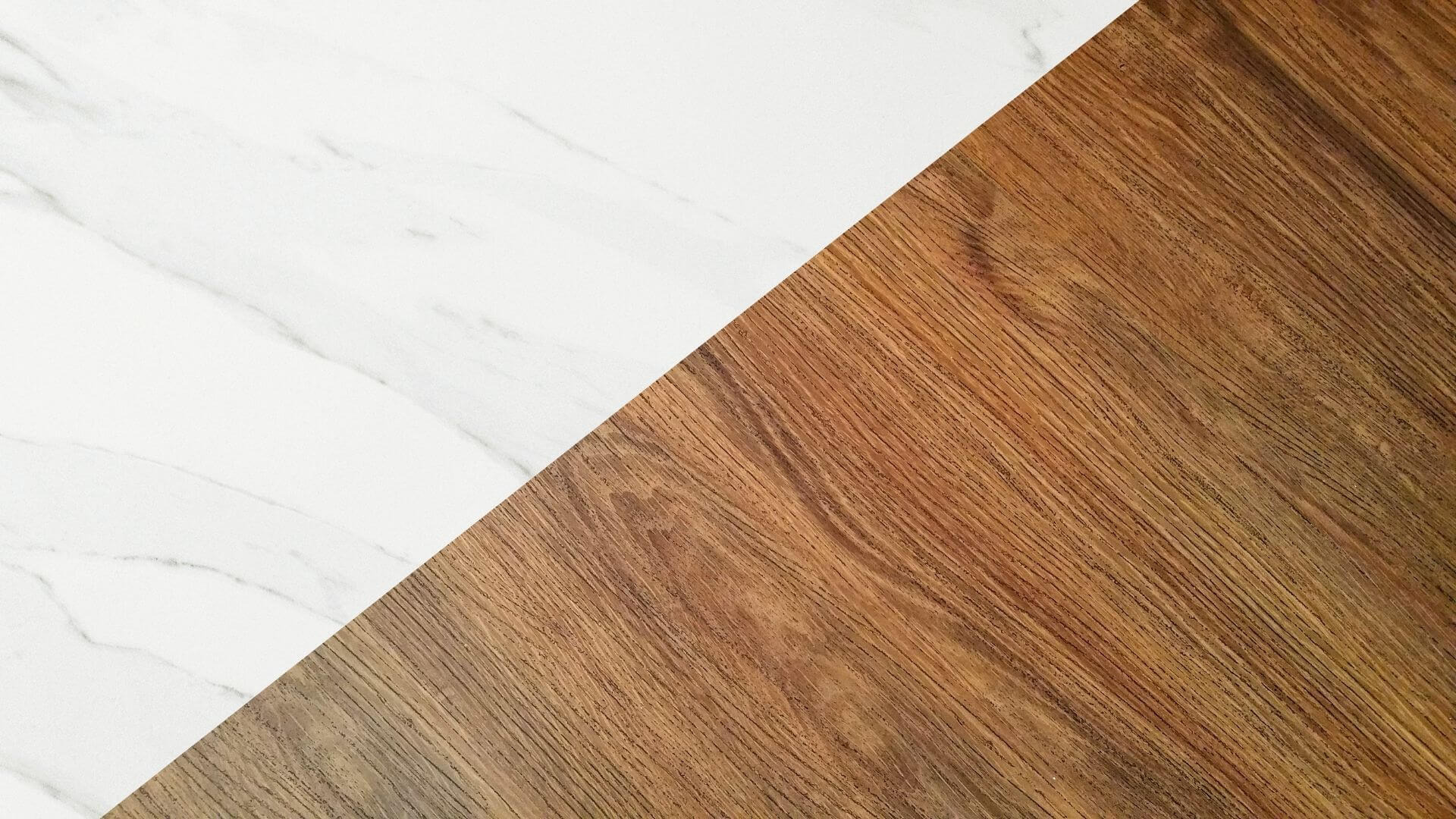
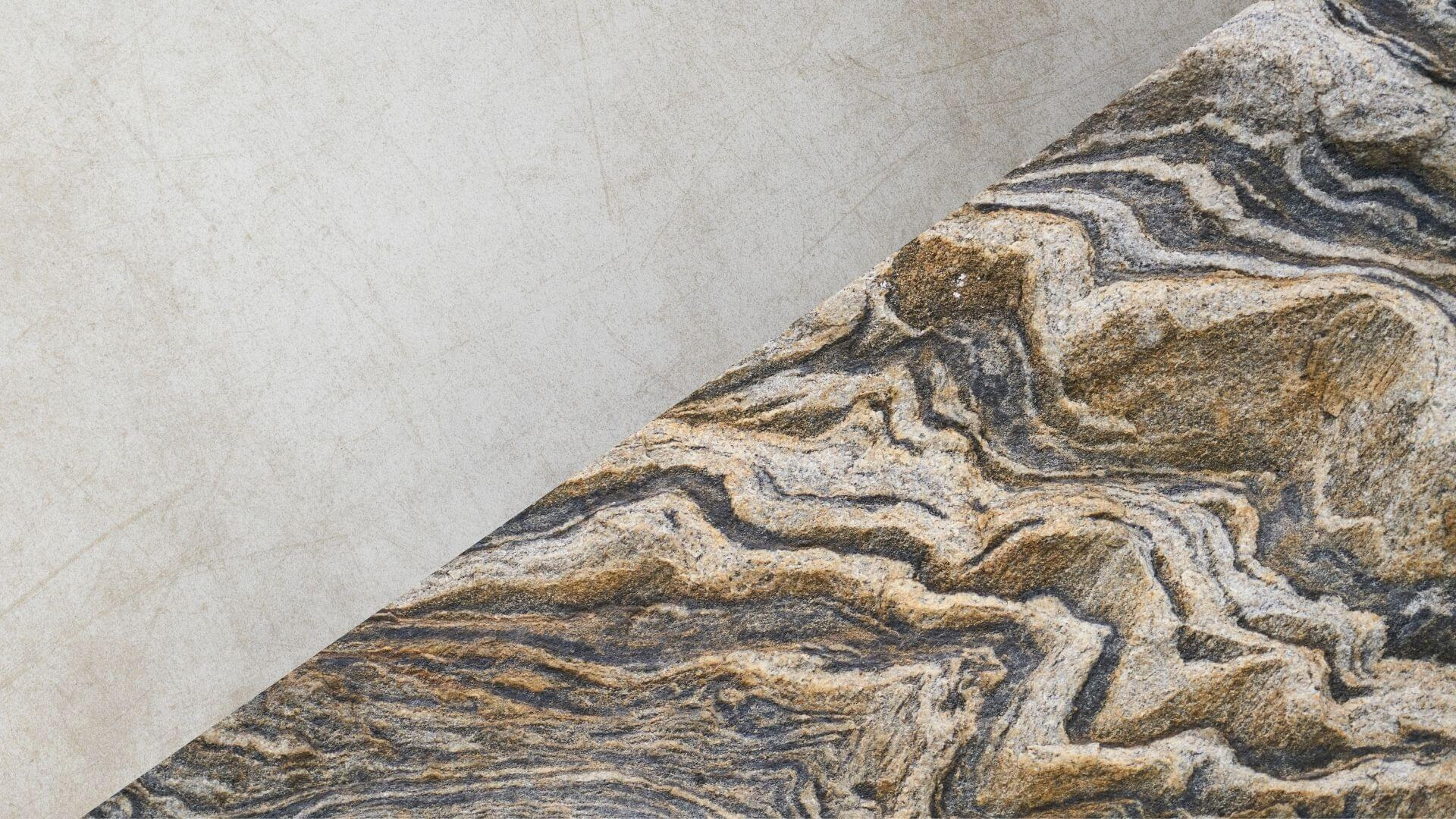
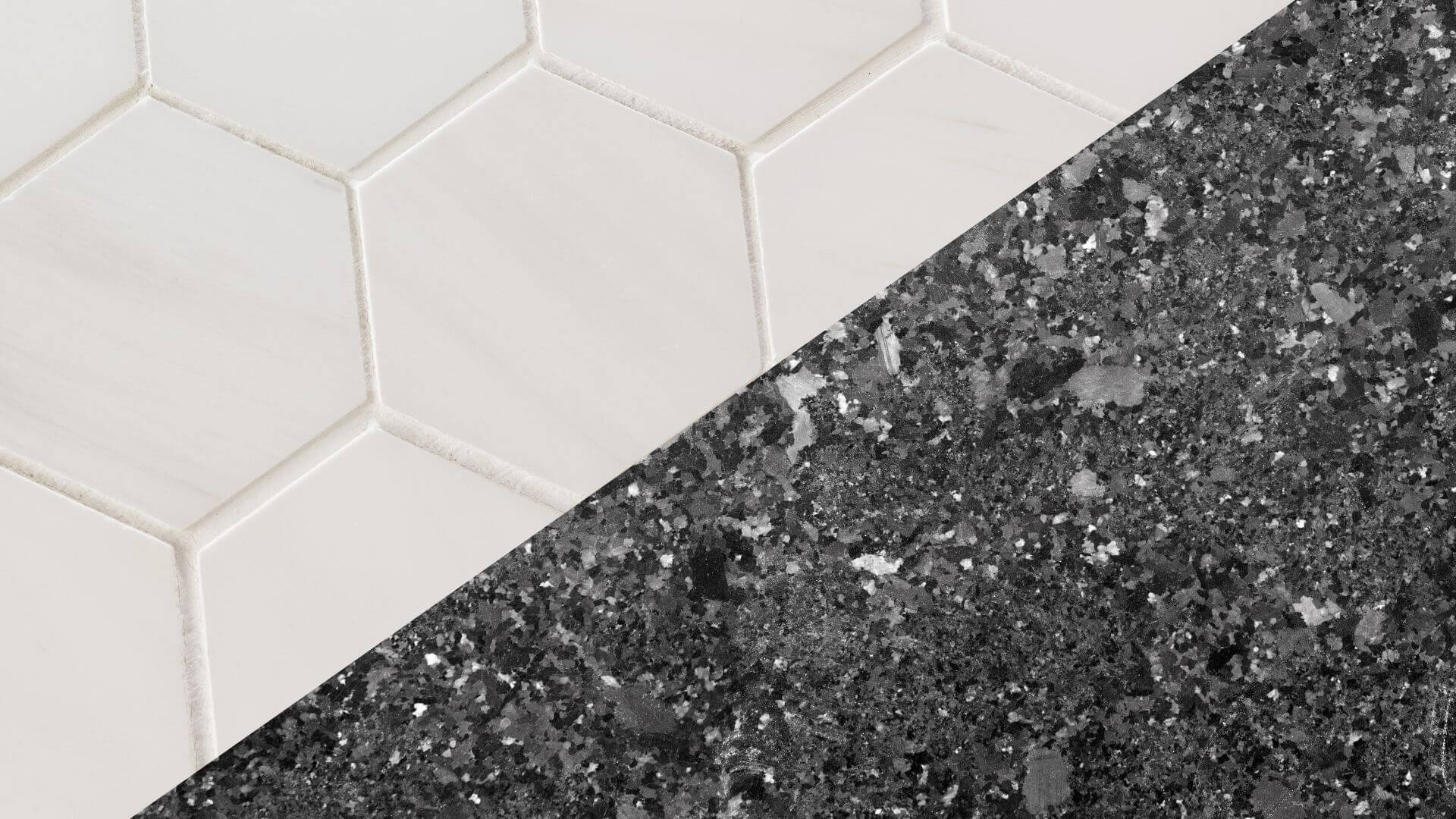
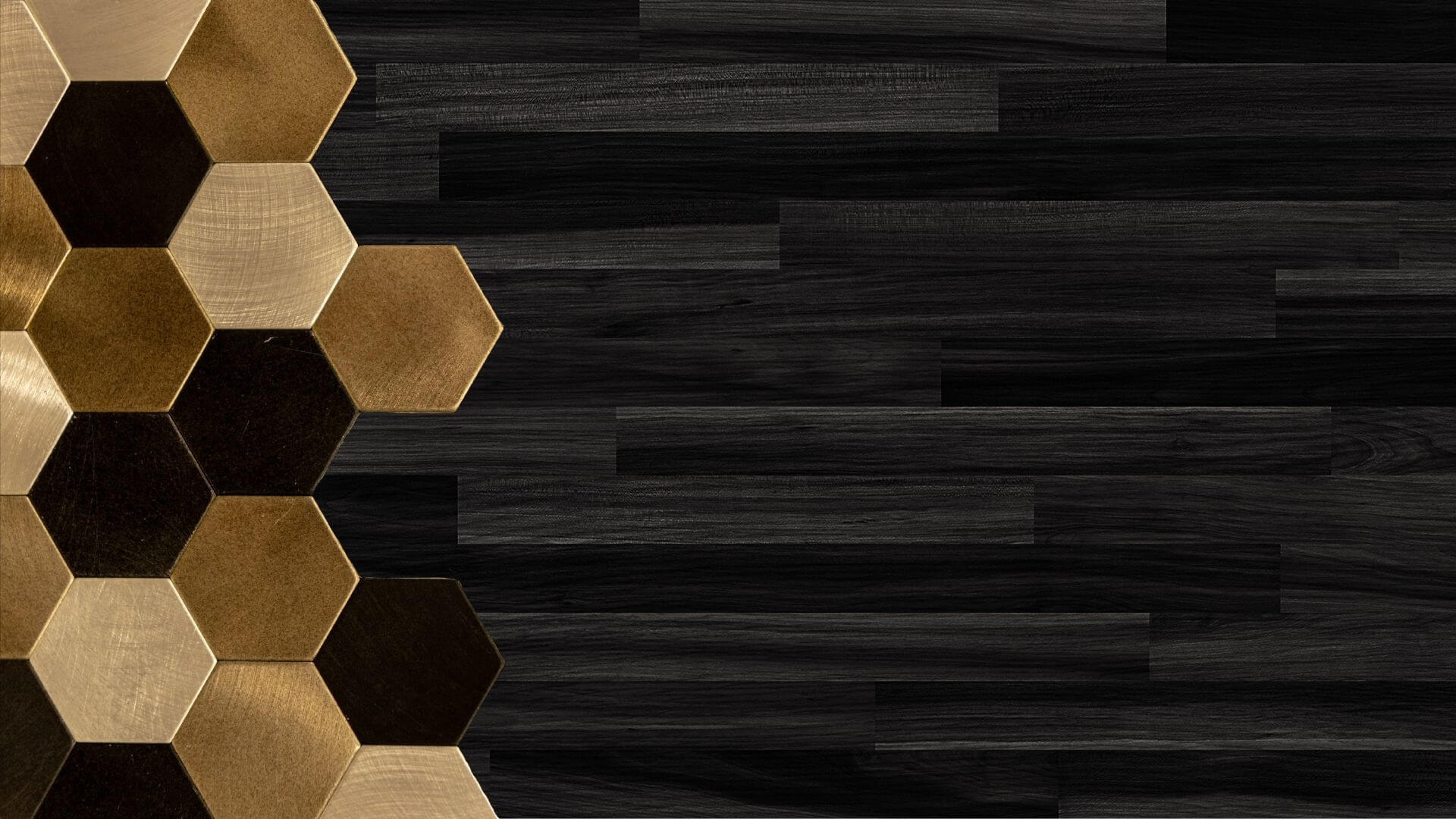
Mobile
The last option, and also the simplest, is to arrange the furnishings in such a way as to perfectly fill the spaces and delimit the various areas, for example, a sofa with an island in the center of the room makes it clear what the living area is ( there are modular modular sofas to give the shape you want), or the boundaries of an extra large carpet under the table and chairs, suggests that this is the area used as a dining room, the arrangement of the furnishing accessories is crucial in the subdivision of the various rooms:

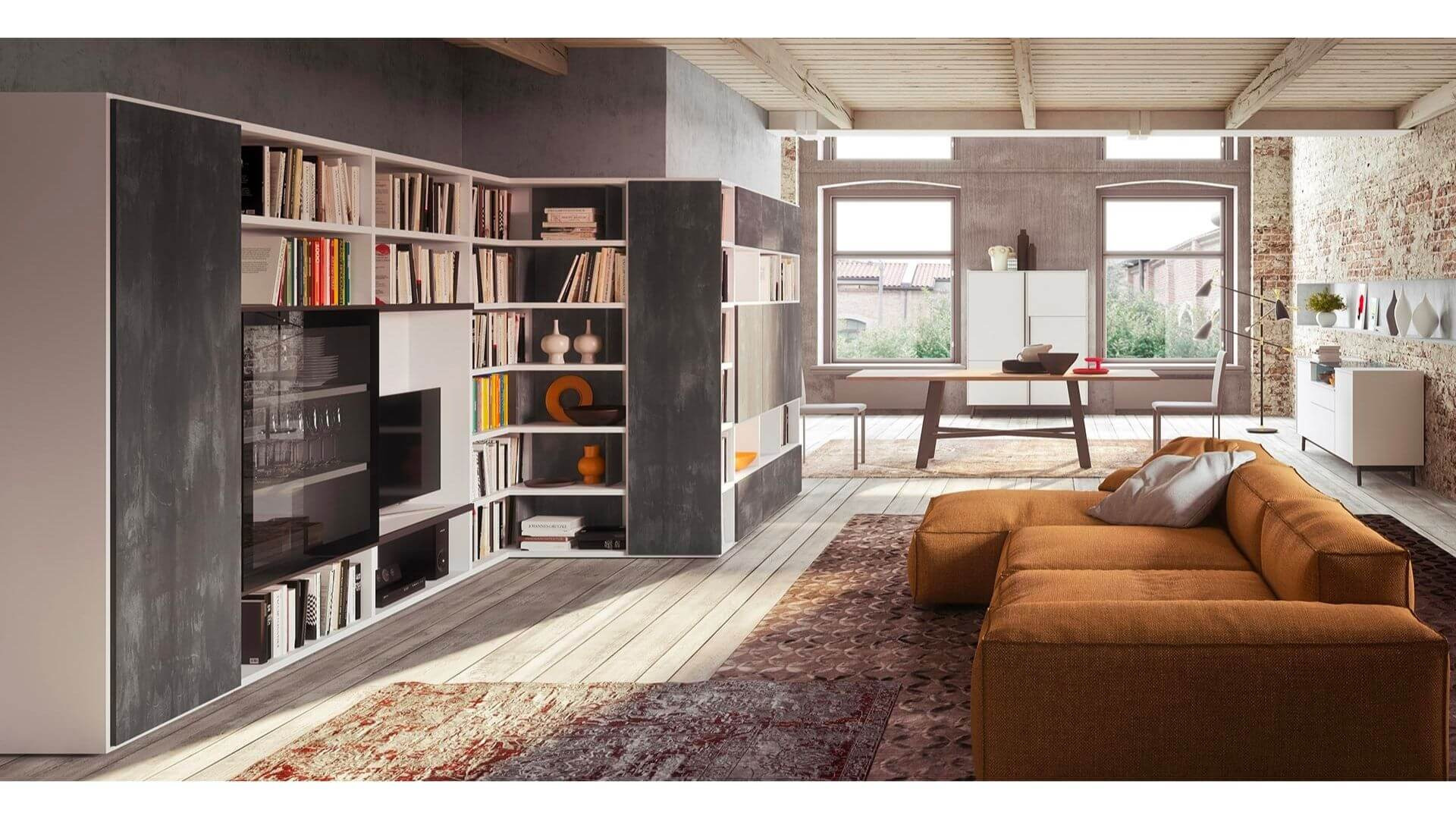
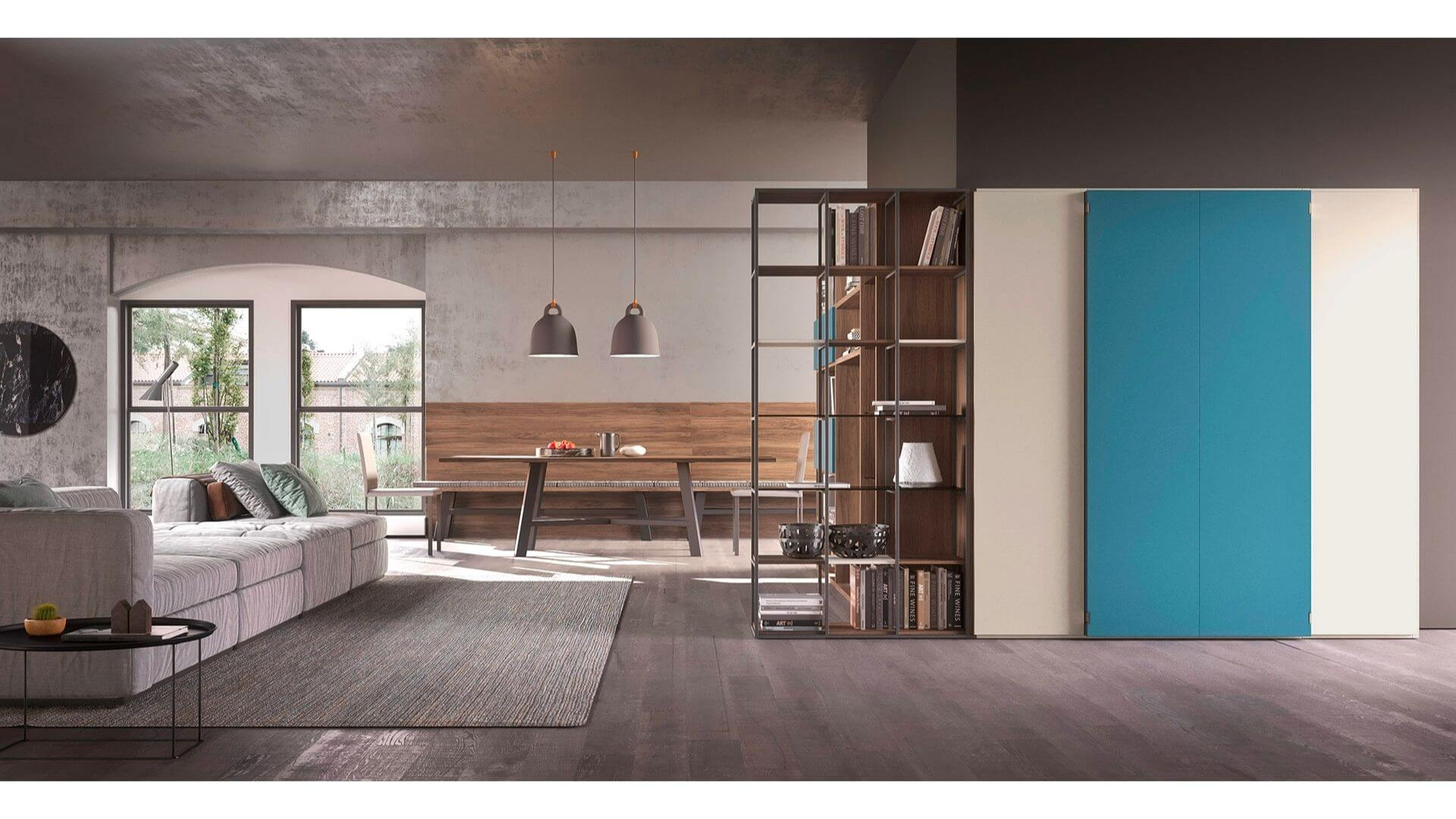
_14077b47db_23.jpg)
Interior Designer since 1985
CEO & Founder, Italian Design in the World

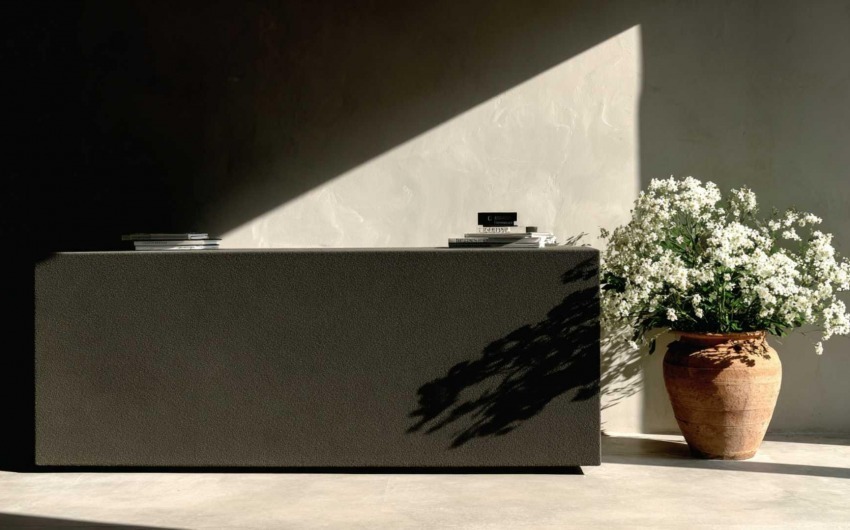
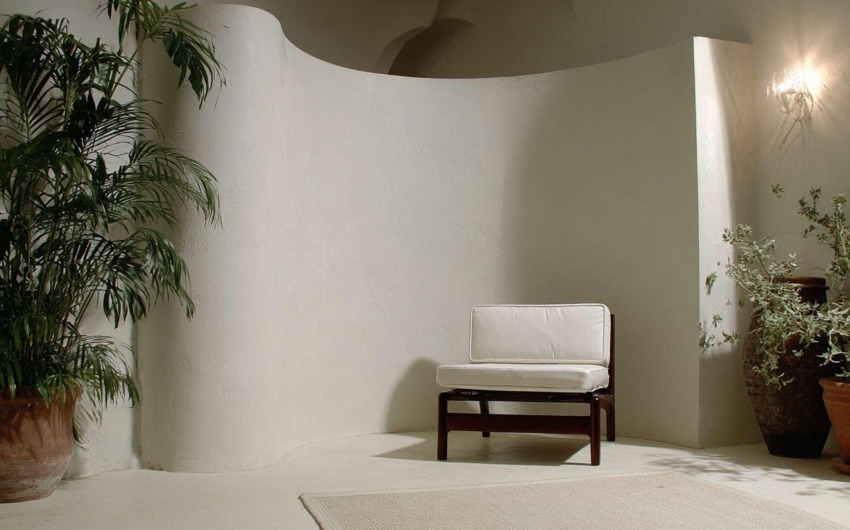
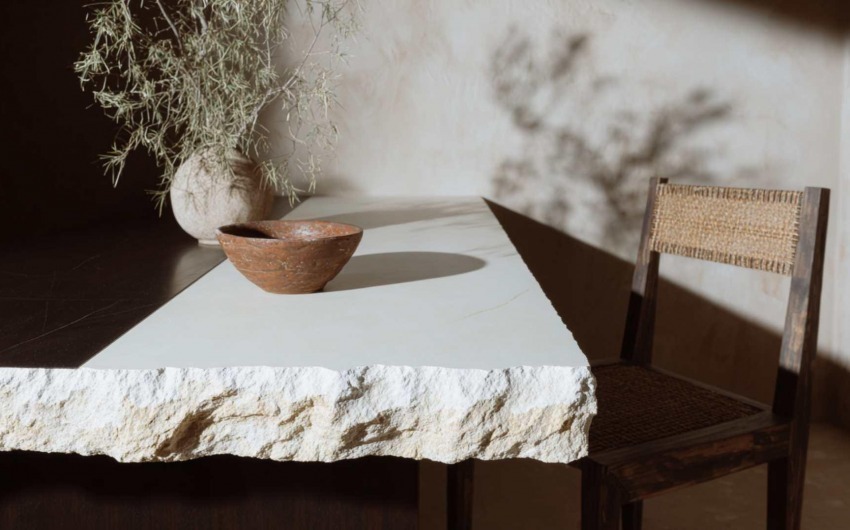
_0f565b1edb_633.jpg)
